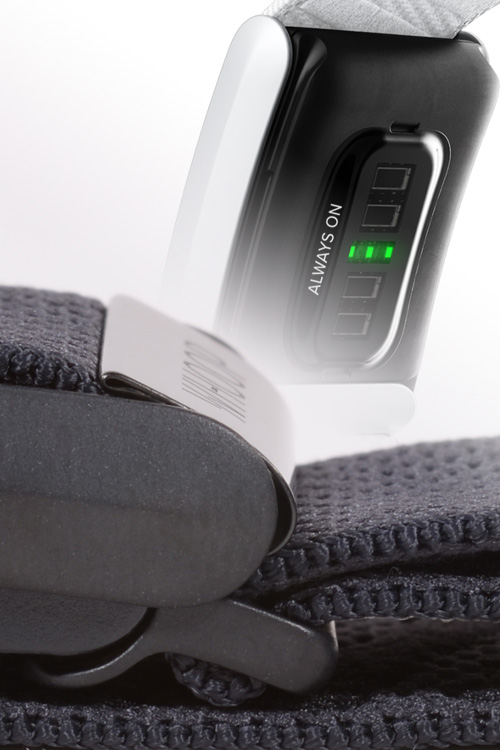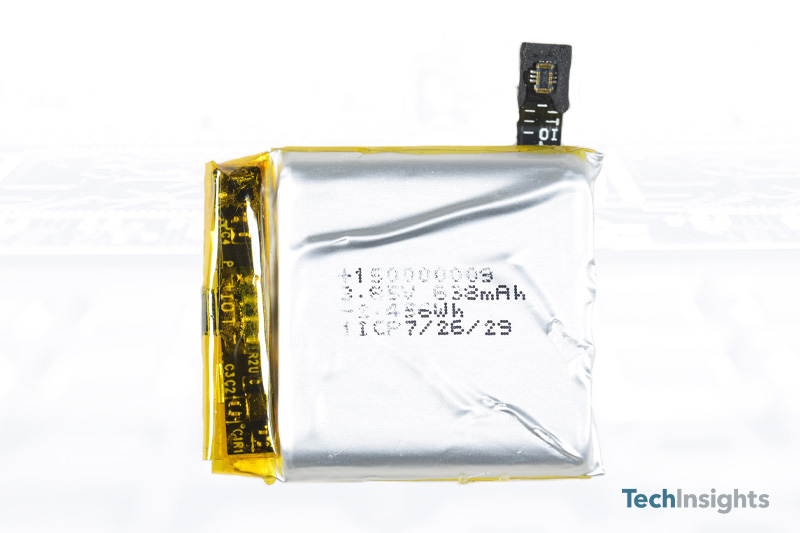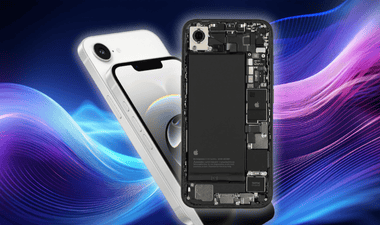Fitness wearable WHOOP 4.0 leverages a next-generation battery anode technology
Contributing author: Stacy Wegner
The new fitness wearable WHOOP 4.0 leverages a next-generation battery anode technology, which has the potential to raise the bar in the very competitive fitness and health monitoring market where major players such as FitBit, Xiaomi, and Apple lead.

WHOOP claims they’re the first product in the world to use Sila Nanotechnologies’ new silicon anode battery. Sila leverages a revolutionary chemistry application of silicon instead of graphite for the negative electrodes. Using the new silicon material can provide up to 17% higher energy density which translates to a longer battery life after each charge. Sila believes they can achieve as much as a 40% increase in improved energy density.
Often in a consumer wearable product, the battery is one of the heaviest parts of the device. The WHOOP 4.0 battery weighs 2.8 grams, which is 33% lighter than the Apple Watch Series 7 (4.52 g). A quick calculation of energy density can be done using a battery’s voltage, Ahrs, and cell weight. The WHOOP 4.0 battery has an energy density of 258 Wh/kg (Watt hour per kilogram) when compared to the Apple Watch Series 7 battery whose energy density is 263Wh/kg. Although the WHOOP battery features 40% less rated energy compared to the Apple Watch, it is reasonable to believe the WHOOP can go between four to five days between charges because it does not have a display.
Also of note is the innovative way that WHOOP is using a clip on the battery pack to allow the user to charge the strap portion while wearing the device.
WHOOP 4.0 Video. Copyright © 2021 WHOOP
With the rapid pace of technology innovation and increasing consumer demands for lighter products with more functions and longer battery life, battery manufacturers, battery materials suppliers, and product OEMs are challenged to understand the technical innovations aimed to optimize battery performance, safety, size, and costs.










